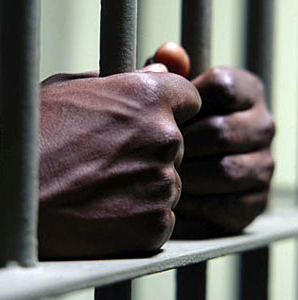Prison painted as cheap welfare in NT talks
 An upcoming speech will explore the idea that the Northern Territory’s rising prison population has been helping keep the economy in check.
An upcoming speech will explore the idea that the Northern Territory’s rising prison population has been helping keep the economy in check.
A comparison of the dollars allocated to justice with those given to vocational education and training suggests that Territory governments prefer imprisoning citizens at one of the highest rates in the world, rather than increasing their access to vocational education and training linked to employment.
The potentially controversial claim is based in part on an analysis of Territory budgets since self-government in 1978, which was discussed last night by Charles Darwin University’s Northern Institute Research Associate Dr Don Zoellner.
“A practice we might call ‘prisonfare’ has increasingly replaced welfare as a policy option for governments to manage those who are economically disadvantaged,” Dr Zoellner says.
“The justice budget was typically double that of the VET budget until the mid-1990s when it began to increase dramatically.
“The VET budget has remained stagnant at about $100 million per year since then, but the justice budget has increased to more than $600 million.
“This case study shows that ‘prisonfare’ has achieved a dominant policy position when compared to training policy in the Northern Territory,” he said.
He said it was a non-partisan activity, not associated with a particular government or political party.
“My analysis shows it hasn’t made a difference who was in power.”
“The pattern has been embraced by successive Territory governments even with the repeal of mandatory sentencing.”
Dr Zoellner said his observations fitted a model proposed by sociologist Loic Wacquant, a French-American theorist who contends that advanced democracies deal with people at the bottom of the socio-economic ladder in one of three ways: socialising, medicalising or penalising.
Dr Zoellner explained his observations in “Competing interests – the rise and rise of prisonfare” at the John Strehlow Conference in Alice Springs.








 Print
Print